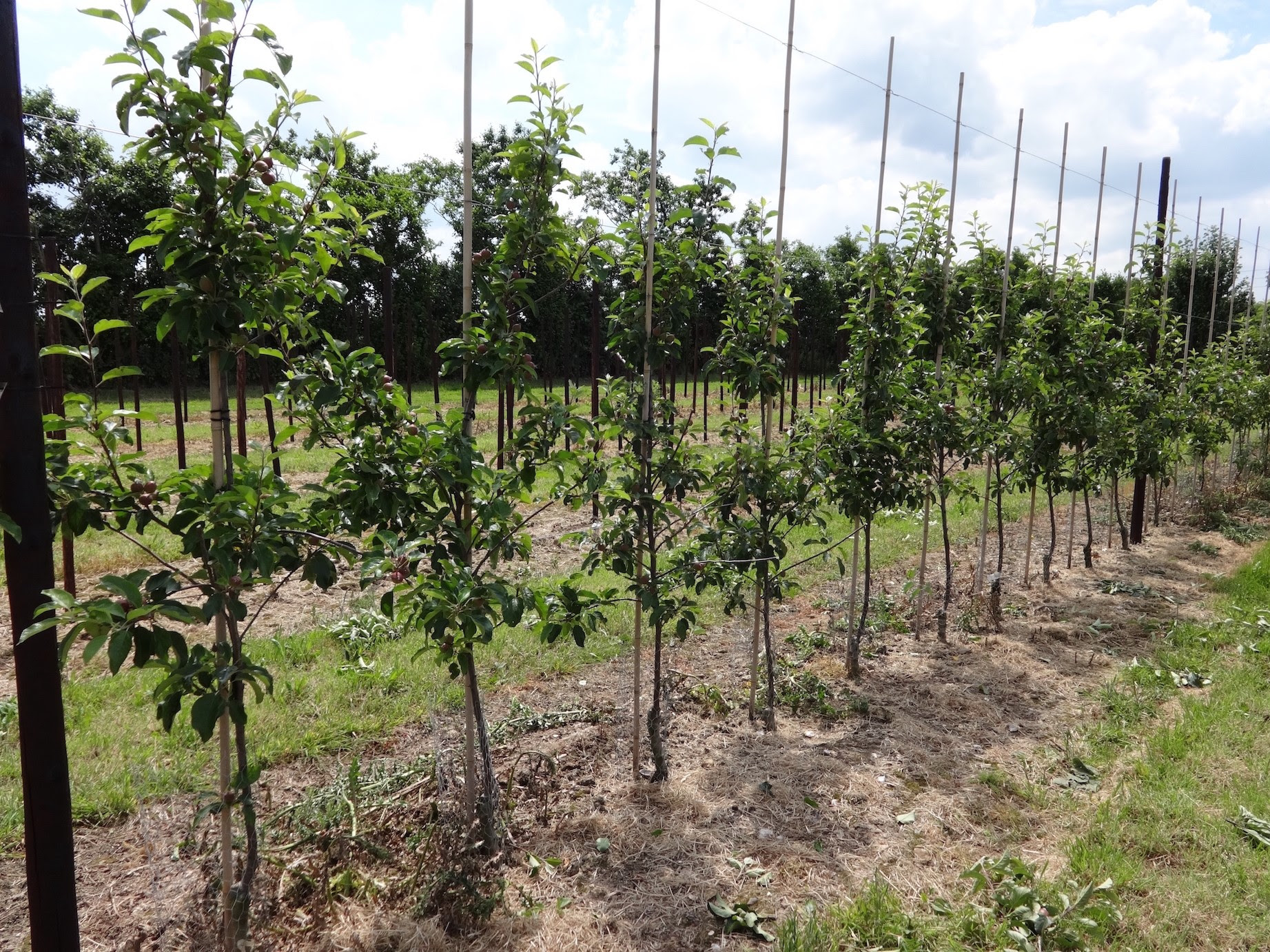
Adopting fruit-wall orchards instead of traditional orchard systems could make mechanising pruning of apple trees easier for growers and help reduce costs, latest AHDB Horticulture research finds.
Uncertainties about the fruit industry’s ability to source seasonal workers following Brexit and an increase in labour costs means there’s a sharper focus than ever on finding ways to mitigate the industry’s reliance on human labour.
Modern intensive orchards are already simpler and easier to prune than traditionally planted ones but it can still take between 25 and 40 hours of labour per hectare.
In fruit-wall orchards, mechanical pruning work rates vary between 1.5 and 2.5 hours per hectare, so even though some hand-pruning will be needed, there is potential to save around £3,000 per hectare over an orchard’s 15-year life.
Cost of labour increasing
Mark Holden, from Adrian Scripps Ltd and industry representative of the project, said the cost of labour is 'inevitability' increasing due to the rises in the minimum wage.
Mr Holden said: “Also, there is a potential shortage of a quality workforce in the future, therefore I am keen to explore how we can get the best from mechanisation.
“Another key target is improving the consistency and quality of the fruit from tree to tree in the orchards. Mechanical pruning was identified as, potentially, one way to achieve both these goals.”
AHDB Horticulture has spent the last four years investigating the tree types and pruning regimes most suitable for use in a fruit-wall orchard in the UK in two projects.
AHDB's recommendations
Recommendations have been generated from one of the projects about pruning timing for growers who are working with fruit-wall orchards.
AHDB found that in strongly growing orchards, and where tree vigour control is important, it could be better to delay mechanical pruning to the nine or 12-leaf stage
Where limited regrowth and improved fruit bud formation are required, pruning at the nine-leaf stage appears to be best.
Where trees are not vigorous and are in balance, pruning at pink bud may benefit fruit size and sugar content – but this will encourage more growth, AHDB said.
'Must reflect growing season'
Mr Holden. said: “The results have demonstrated that there is a place for mechanical pruning, but as a complement to, and not a substitute for, hand pruning.
“The decisions on mechanical pruning must also reflect the growing season and will need to be targeted on certain varieties and appropriate orchards to have the most benefit.”
Scott Raffle, Knowledge Exchange Manager at AHDB Horticulture, said: “Research into mechanising apple production is just one of the ways AHDB is supporting projects that promote innovation in horticulture to help our growers remain competitive.
“The results from these projects could have a really positive impact on fruit growers.”
